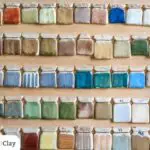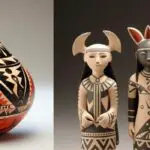Japanese culture and Japanese pottery are two things deeply intertwined. Japan’s cultural and political moments have been marked by ceramic style and innovation. Many of these innovations have gone on to shape the ceramics we know, use, and create today.
In this article, we’ll cover…
- Japanese pottery history
- Some of the most popular styles from the country
- And the beautiful art of Kintsugi
A (semi) brief history of Japanese pottery
Japan has a rich history of pottery dating as far back as 10,000 years ago. 18 towns plot the geographic footprint and history of Japanese pottery.
The earliest regions to create pottery are referred to as the Six Ancient Kilns of Japan. The regions include:
- Seto
- Echizen
- Tokoname
- Shigaraki
- Tanba
- Bizen
The earliest discovered pottery from this region dates back to prehistoric times. Some of the most important innovations in pottery trace back to these regions.
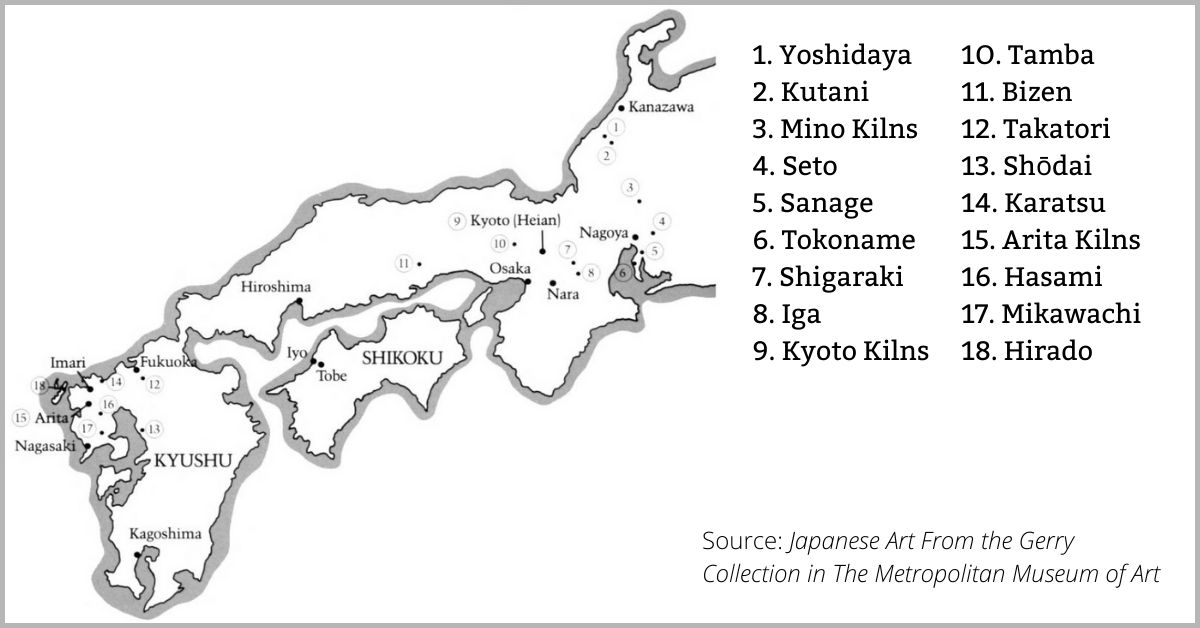
Japan is well-known for its early ceramic contributions. The most notable ancient periods for ceramics in Japan are:
- Jōmon period
- Kofun period
Jōmon Pottery
The earliest discovered pieces come from the Jōmon period (14,500 – 300 BCE). A truly ancient pottery culture. Pottery from this time lacked glaze and was baked in large fires. Many of the pieces were functional. Yet, pottery from this period was far from primitive.
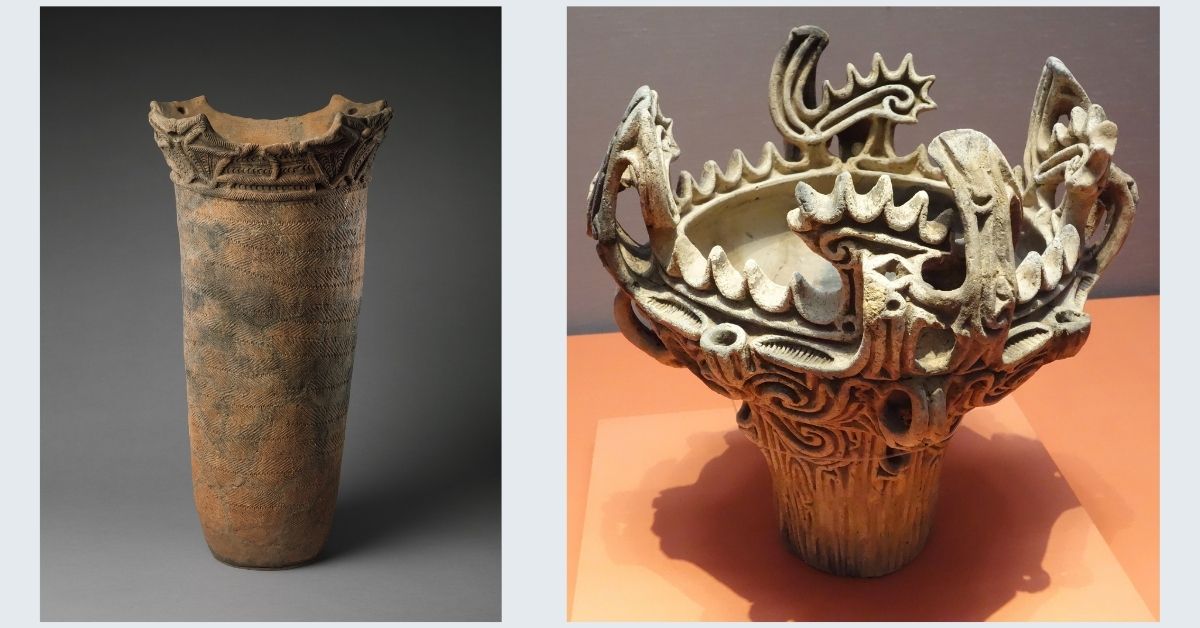
Kofun Period
The Kofun period followed the Yayoi period (the period between Jōmon and Kofun). This period included meaningful political and cultural moments. Historical records were started during this time providing insight into what occurred.
Three important things during the Kofun Period changed ceramics in Japan:
- Trade with the Korean peninsula led to a strong influence on the pieces made in Japan.
- The pottery wheel.
- The clay required to make porcelain was discovered. Porcelain allows a potter to make thinner and stronger containers.
Porcelain pieces became (and continue to be) an iconic Japanese art form.
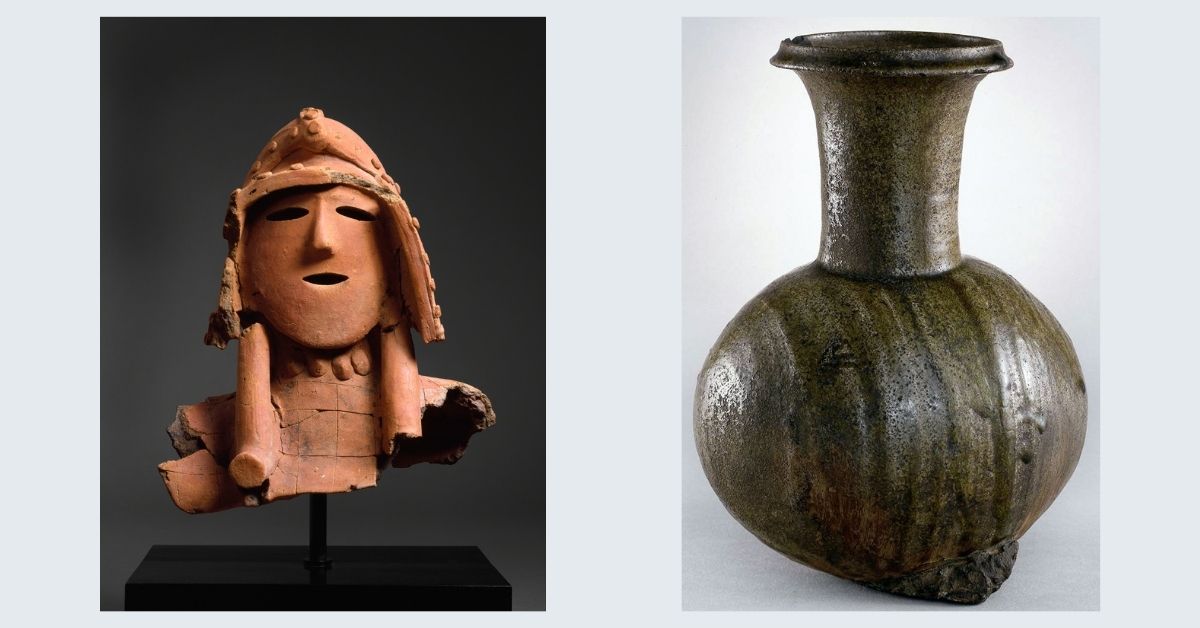
Japanese pottery types
The regional aspect of Japan’s pottery heritage resulted in different types flourishing in different areas. Here are 5 notable pottery styles from Japan.
1. Shigaraki ware
Shigaraki ware comes from the Kōka District in Japan. There is a town called Shigaraki where the style gets its namesake. Shigaraki is considered one of The Six Ancient Kilns of Japan. Some of the pottery that comes from this region dates back to prehistoric times.
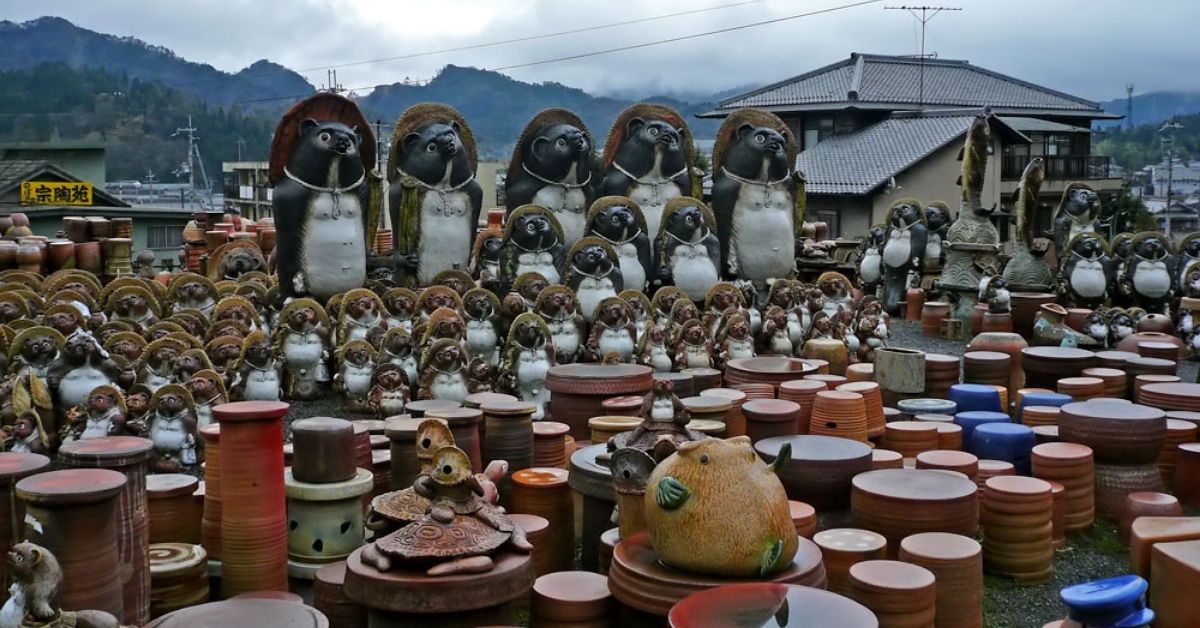
Ceramics from Shigaraki are marked by color variation during firing referred to as yohen. This results in uncommon glazing. Often pieces will have a rough exterior and a natural beauty.
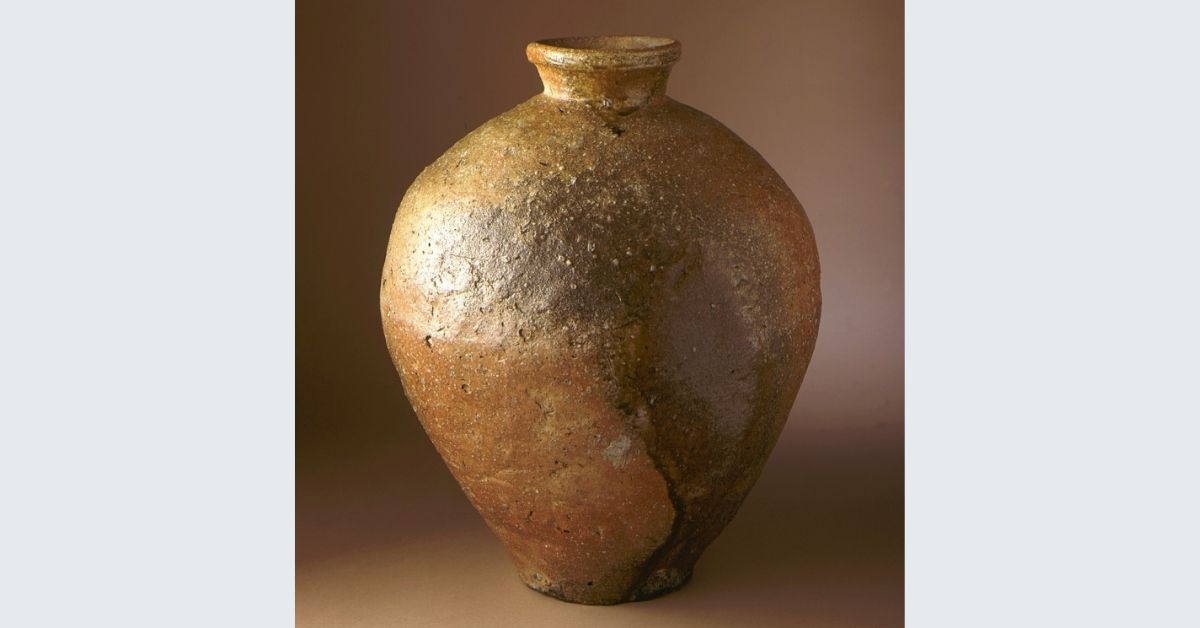
2. Arita ware
Arita is a town in the Nishimatsuura District. There are large deposits of kaolin, the clay needed to make porcelain, making it the birthplace of porcelain.
Arita-style ceramics are distinctive with painted styles most notably cobalt blue.
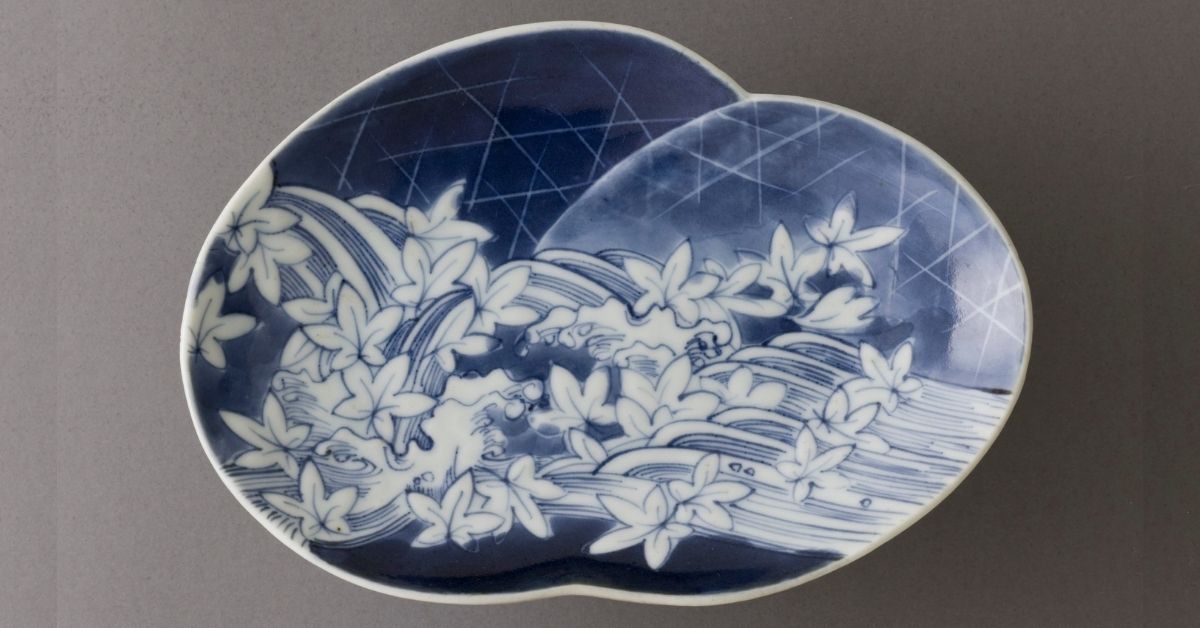
3. Tokoname ware
Tokoname is another of the Six Ancient Kilns. Being a coastal city enabled it to become the largest of the old Japanese kilns. The kiln is believed to have started producing works over 900 years ago.
The clay found in the area contains a lot of iron. This produces a bright red finish to ceramic pieces.
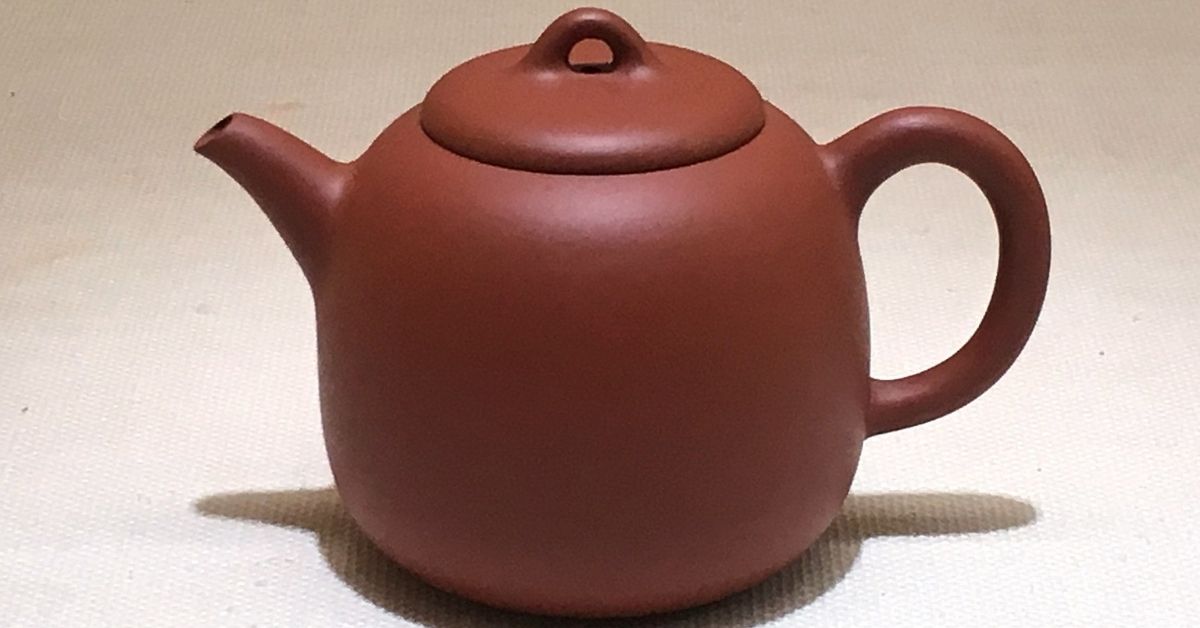
4. Mino ware
Mino is a city located in Gifu, Japan, and has a storied ceramic past. Mino was a cultural and artistic influence during the Momoyama period (1573–1615 A.D.). Many Seto ceramists were relocated to Mino during times of war. The two disciplines mixed. Mino ware took on some Seto attributes. Now, one may find Mino pieces in Japanese Tea Ceremonies.
Raku ware influenced Mino ware. A common Mino practice is to remove pottery when it’s still red hot. The dramatic temperature change causes unique colors and textures. While the process can result in a colorful outcome, Mino ware is often white glaze and dotted exterior.
Today, the tradition carries on as it’s the most productive area in Japan for ceramics.
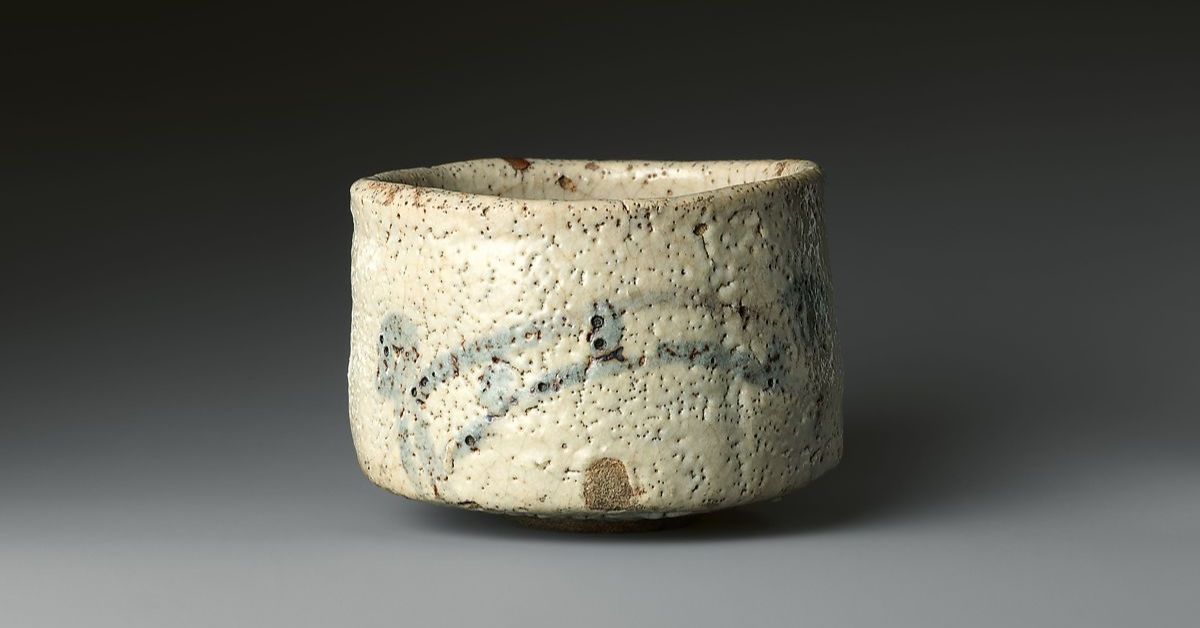
5. Seto ware
Seto ware is one of the Six Ancient Kilns with ties to some of the oldest pieces discovered in Japan. The city is in the Aichi Prefecture. Seto made a name for itself with the early use of glaze. Recovered Seto earthenware pieces from ancient times have a glaze. Seto pottery is best known for being the most commonly used style in Japanese Tea Ceremonies.
Seto ware reflects the materials found in the area (kaolin and porcelain). When fired, the stone creates colored glazes.
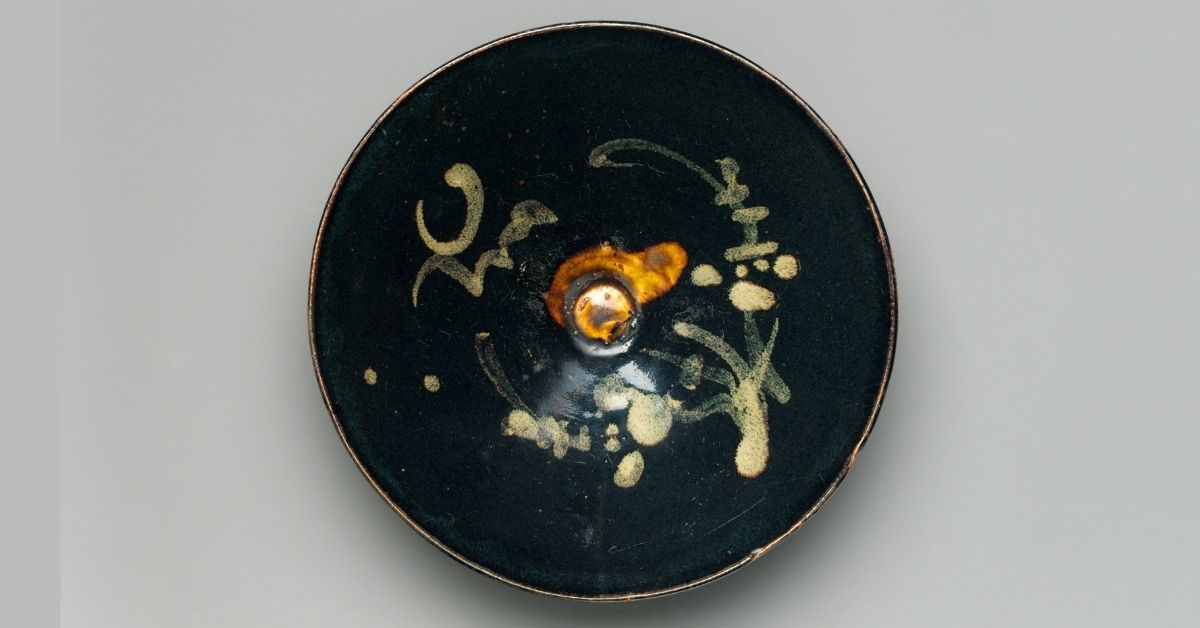
Kintsugi
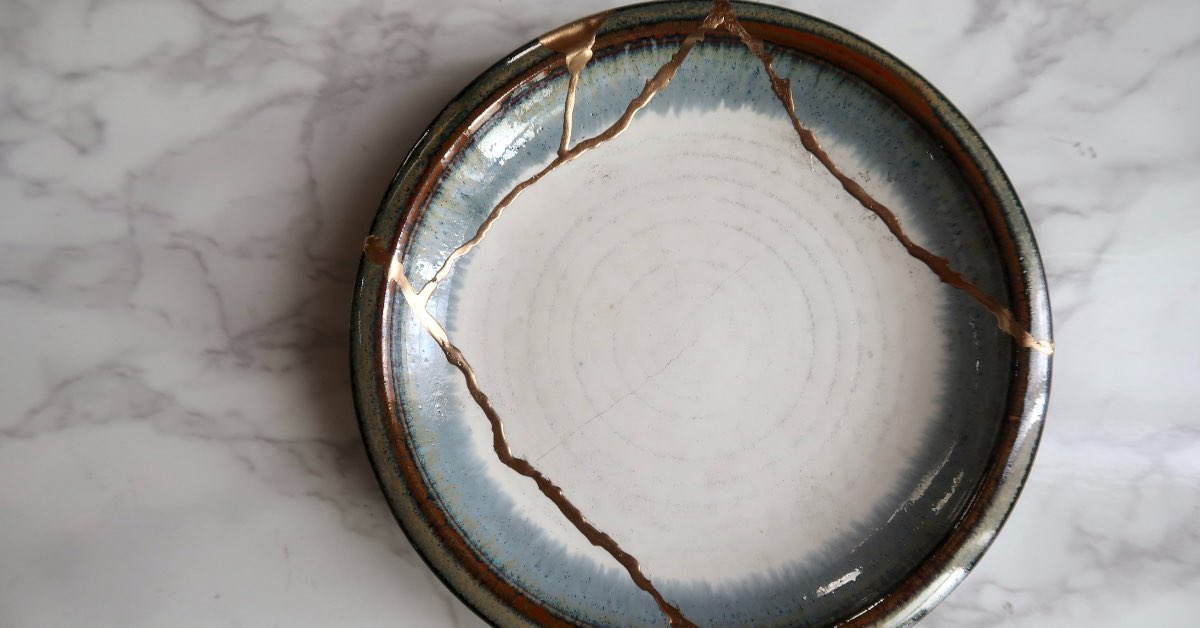
Japanese pottery has brought us a myriad of things to treasure in pottery. One of the best-known creative inventions is called kintsugi or “golden joinery”.
So what is Kintsugi?
Kintsugi is a method of rejoining broken ceramic pieces with a lacquer mixed with powdered gold or other metals as the adhesive. You may have heard of it referred to as Japanese pottery gold or Japanese broken pottery.
The traditional story of how Kintsugi came about is a member of the Japanese wealthy class was displeased by the way a broken dish had been fixed. The potters of his day set out to mend the bowl with a pleasing appearance discovering Kintsugi.
Within a few centuries later, Kintsugi was a common means of fixing broken pieces. Legend has it that some Japanese potters would buy, break, and repair teapots to achieve the aesthetic.
Check out our blog “What Is Kintsugi Pottery?” to learn all about it.
Conclusion
Japanese pottery is a beautiful part of the culture and history of Japan. The innovations Japanese ceramists have used for centuries have shaped pottery across the globe.
If you have any questions or comments, please email us at hello@wheelandclay.com. We’d love to hear from you!
Related articles
Did you like what you read? Great! We have more articles on the blog. Check out a few of our most related articles to the one you just finished:
A guide to ancient Egyptian pottery
A guide to ancient Mayan pottery



